The Romans in the Algarve
The March talk for the Algarve Archeological Association featured Catarina Viegas and it was called “The Romans in the Algarve”. Catarina Viegas who is based at the University of Lisbon spoke in English and gave an informed and detailed talk, with excellent slides. Her studies, which formed her PhD, focused on just a small part of the pottery found in the Eastern Algarve. She told the group that from just those small fragments a vast story can be revealed, which uncovers a civilization’s way of life, echoes of which can be sensed in the present.
She started her presentation by recalling an early pioneer of archeology of the region, Estacio da Veiga. He was born in Tavira in 1828. Some of the early finds from his excavations are still being researched and part of her teaching in the present day, is to encourage and provide space for her students, to explore these pottery finds, whilst developing the record of the Romans in the Algarve.
She discussed three main areas of the Algarve region, Castro Marin, Torre de Aires (near Luz de Tavira) and Faro. The Roman names were Baesuris, Balsa and Ossonoba, respectively.
Estacio da Veiga explored the Roman ruins of Milreu, near Faro, thinking they belonged to the old Ossonoba. It was later, that Ossonoba was recognised as being Faro and Milreu as not being so extensive but still the ruins of a luxurious rural villa which was transformed into a farm in the 3rd century.
In 1876, because of major flooding in the area, Estacio da Veiga was commissioned by the Government to carry out investigations in the Algarve and the Lower Guadiana. Much of what was found throws light on the everyday habits of the Romans, what they ate, how they traded, who they worshiped and how they entertained themselves. Some of the finds can be seen in Faro’s Museo Arqueologico which is located within the beautiful 16th-century convent (Convento da Nossa Senhora da Assuncao). Inside is the impressive Roman mosaic depicting Neptune and the four winds, which dates back to the 3rd century. There are also artifacts that were found in Milreu (near Estoi). Milreu still has many mosaics in situ, depicting dolphins and large fish and other ocean life.
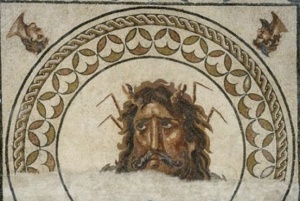
Ruskin said “Great nations write their autobiographies” in their deeds, their words and in their art. The greatest he considered was their art. And Kenneth Clark in his tome Civilisation, pointed out that Greco-Roman sculptures such as Apollo, “embody a higher state of civilisation.” Such art he suggested indicates that people were “conscious beyond the everyday struggle for existence.” It is, however, the everyday existence that Catarina explored, which throws light on how people lived and traded.
Catarina spoke in detail about the numerous pottery amphora shards that have been discovered. The amphora is the container most often used to transport commodities, such as wine and olive oil. In the case of the Algarve, the amphora was mostly used to contain fish sauce (known as garum).
For the archeologist an amphora provides a lot of data. Ceramic shards of amphora are virtually indestructible. Chemical analysis can often date and indicate their place of manufacture. The seals and engravings or painted marks also provide data. For example the amphora bearing the mark Sestius were produced in Cosa in Eturia (mostly modern Tuscany) and exported to southern Gaul (mostly modern Languedoc and lower Provence in France) at the time of Cicero. (according to Wikipedia)
From a broken amphora an archaeologist can date to a few decades, but often even more precisely, depending on where the shard was found, or the wreck of the ship that contained them. Catarina shared a slide showing a map of shipwrecks, mostly along the Spanish coast, from which a range of pottery has been retrieved.
The Roman amphora, often have names and numbers, which allow archaeologists to date and classify them by type. The amphora with a flat bottom was used for wine, but in the Algarve the amphora was mostly used for fish sauce and was not flat bottomed. Its shape allowed them to be easily laid down and stacked in ships and carried across land.
What was apparent throughout the talk was that there is still much to uncover of the life of the Romans in the Algarve.
The next meeting of the Algarve Archeological Association is Tuesday 3rd April. The next talk is Pedro de Avillez – Malta and the Portuguese. The talk takes place in two locations on the same day.
15:00 at the Museu do Trajo in São Bras;
19:15 at the Convento de São José in Lagoa
More information contact: hanny-remy@sapo.pt
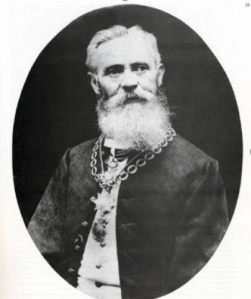
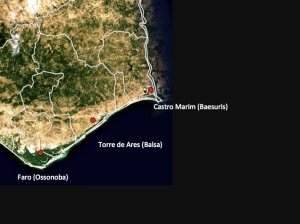
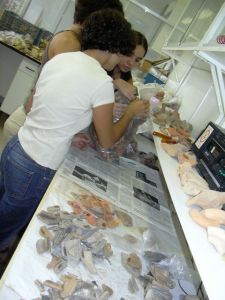
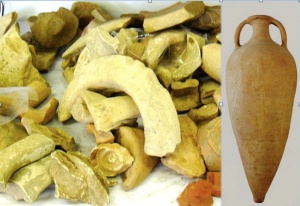
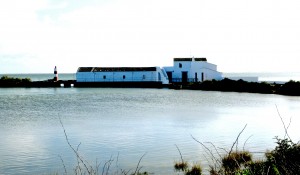
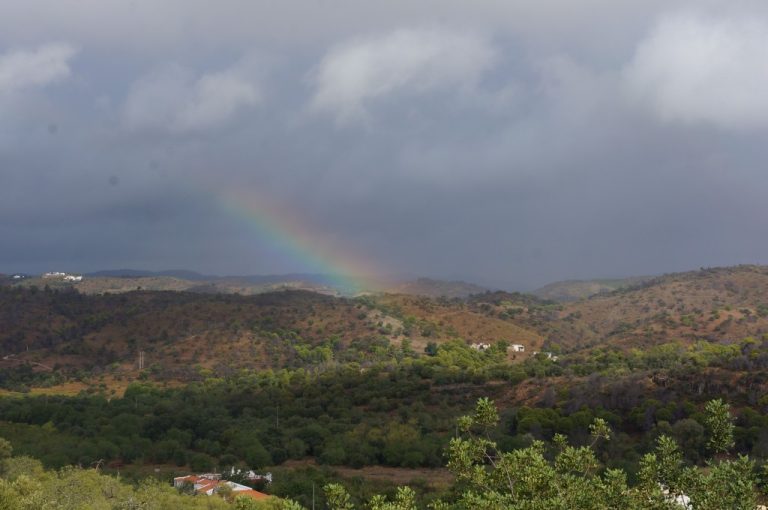
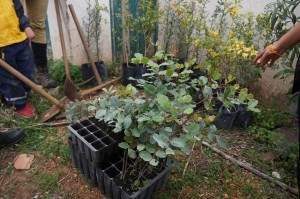
I love history and archeology. Thanks for the likes. Best wishes Sue